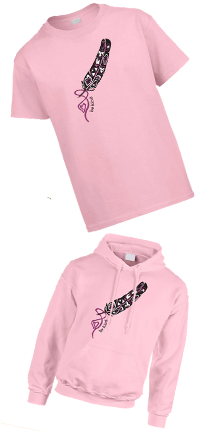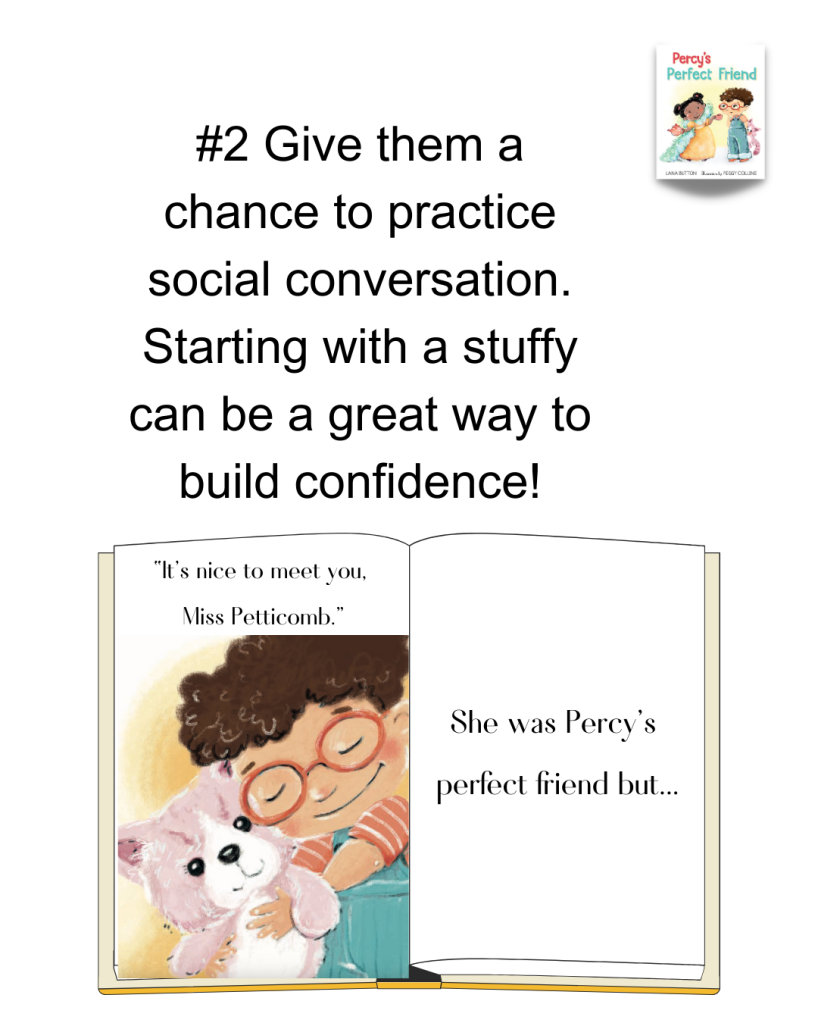Pink Shirt Day is coming up. On Wednesday, February 28, students across Canada will wear pink shirts to elementary school, and pledge to stop bullying. So, who exactly is this bully? As an early childhood educator and a picture book author, I am coming at this conversation focusing on our kindergarten to primary grade pink-shirt-wearing students. So, when it comes to identifying ‘the bully’— I am not a fan of name-calling. Pink Shirt Day is about being kind, standing up for others, and speaking out when we see unkind behaviour. And I would add- that we need to leave space for our peers and ourselves to acknowledge that we’ve made a mistake, that we’re sorry, and we’d like to try again.
Elementary school is not made up of ‘good guys’ and ‘bad guys’ it is made up of children developing (and making mistakes along the way with) their communication, language and social skills.
My picture book, WILLOW FINDS A WAY (Kids Can Press, illustrated by Tania Howells) was placed on Publisher’s Weekly‘s Anti-Bullying Books List, and the CCBC Pink Shirt Day List. It’s about how the quietest kid in class stands up to someone being unkind. But the story doesn’t end when the class follows Willow’s lead and crosses their names off Kristabelle’s birthday list. It doesn’t end with everyone turning their back on this primary-grade kid. It ends after Willow once again walks away from unkind behaviour, and gives Kristabelle some grace and some space to try again.
I think we can get to the other side of bullying, where every child feels safe, respected and heard, by helping children develop these three skills:
Communication Skills
Bullies are bad. Stand up to them. That’s the Coles Notes message to children. But what can happen here is a misinterpretation and a miscommunication to young children that it is okay to label a peer a ‘bully’ when they are having a conflict. Here are some tips for helping children better communicate with their peers when dealing with unkind behaviour.
Absolutely, we must flex our communication skills to address someone who is treating us, or those around us badly. Teaching kids to use action words as opposed to ‘labeling words’, when communicating with their peers can help. “Don’t call me that,” is a specific, direct action that is more helpful than ‘You’re so mean.’ And it takes practice! Sit in on any marriage counselling session to remind yourself that adults are still working on it.
It’s also very helpful for children to express how that action makes them feel. “That makes me really sad when you do that.” This healthy communication allows a child to acknowledge their feelings, and it helps them develop their ‘feelings vocabulary” (ie: ‘that frustrates me’ ‘that embarrasses me’)
Okay, but what if a child acknowledges that they are the ones who have been unkind? Are they that primary-grade kid who is “doomed to be a bully, with no chance to make it right?” as Kitty puts it in my picture book WHAT IF BUNNY’S NOT A BULLY? (Kids Can Press, illustrated by Christine Battuz)
Let’s add to the phrase, “I’m sorry,” which can often get tossed around like a meaningless magic word. If there’s a breath there first, and an acknowledgment, with some action words, “I made a mistake when I said that… when I did that…etc. I’m sorry.” It is healthy for everyone involved to acknowledge when talking about unkind behaviour, that we all make mistakes along the way.
Social skills practice
Primary-grade students often need guidance when interacting with their peers. I appreciate that it is exhausting and never-ending, but don’t tell kids to stand up to bullying and then shoo them away with “work it out yourselves,” or “I don’t listen to tattling,” when they come to you for help. Children need (and deserve) a calm adult to help them interpret social conflict and find the dialogue to work through social challenges.
Examples of empathy
Cue the picture book! As our students colour in those pink shirt outlines let’s boost experiences with and examples of empathy, by reading books that deal with social conflict and resolution. I implore you to continue the story beyond the ‘stand up and walk away’ message. Arm our children with actions and dialogue through stories where characters have made it to the other side of social conflict. In WHAT IF BUNNY’S NOT A BULLY? everyone has become an expert at walking away from Bunny, even though no one can remember why she’s the bully. But when Kitty starts looking at it from a different angle, questions arise. What if she’s sorry? When do we give her a chance to try again? After the acknowledgement of “I know I’d want another chance if I’d done something wrong.” Bunny is given some grace and some space and apologizes. And there is an acknowledgement that we all make mistakes and deserve a chance to try again. School Library Journal says, “WHAT IF BUNNY’S NOT A BULLY is a great choice for young readers to explore what it means to be a bully and reflect on the power of forgiveness.”
In WILLOW FINDS A WAY, Kristabelle is being mean. She absolutely needs to be called out for it. But when given a chance, she apologizes and tries again. I believe that these stories not only give children a dialogue for standing up for themselves and for others, they also provide acknowledgement that we all make mistakes, and give children space and dialogue to say with meaning, “I’m sorry.”
Experiencing Empathy We develop empathy by experiencing it. A picture book can be a tool for a child
to see another person’s perspective. And they should be cracked open beyond the primary grades. After I read my picture book, TOUGH LIKE MUM (Tundra, illustrated by Carmen Mok) which deals with mental health and socio-economic diversity, I will ask my audience, “Do you think David would have made that joke about Kim eating a Butt Sandwich if he knew that she had to make her own lunch that morning and that was all the food she had?”
After reading an empathy-boosting book I would invite you to continue the conversation by asking:
- Who was in the story?
- Where did it take place?
- What was the problem?
- Was it solved?
- What does it remind you of?
Remember- no wrong answers here! Just let your students talk. This can lead to a valuable conversation about empathy and communication- and it can be an excellent way for you to bond with your students- but that’s for another article!
Want an activity prompt? Have our students draw and write about their interpretation of #4 and or #5. You could even do it on a Pink Shirt Day outline!














